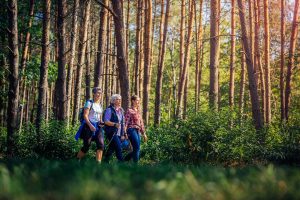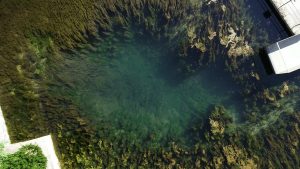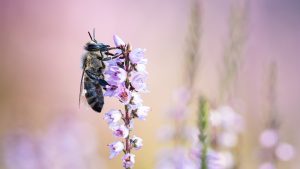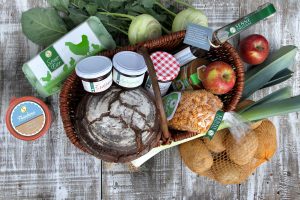The trademark of the Senne – the heaths
The Senne is known nationwide because of the large heathlands. A piece of historical Westphalian heathland has been preserved, especially on the military training area, but also in the adjacent protected areas. Heathlands are old rural land. The heather farmers of the Middle Ages created this unique landscape. After the original forest was cleared, large areas were kept open by regular pest management and grazing. Ploughing was repeated every 10-20 years. This alternation between ploughing and grazing continued over many centuries. During this time, there was a constant withdrawal of nutrients from the heathland. In particular, species that are adapted to these extremely nutrient-poor conditions found their habitat on the heathland. Without exception, these are species that are very rare today and are therefore endangered across the country and nationwide. In a landscape that is enriched with many nutrients, as is normal today across the land, the Senne heathlands are very important habitats and retreats for a large number of highly specialised species. A particularly noticeable specialist is heather, which in August delights us in some places in the Senne with its splendour of flowers.
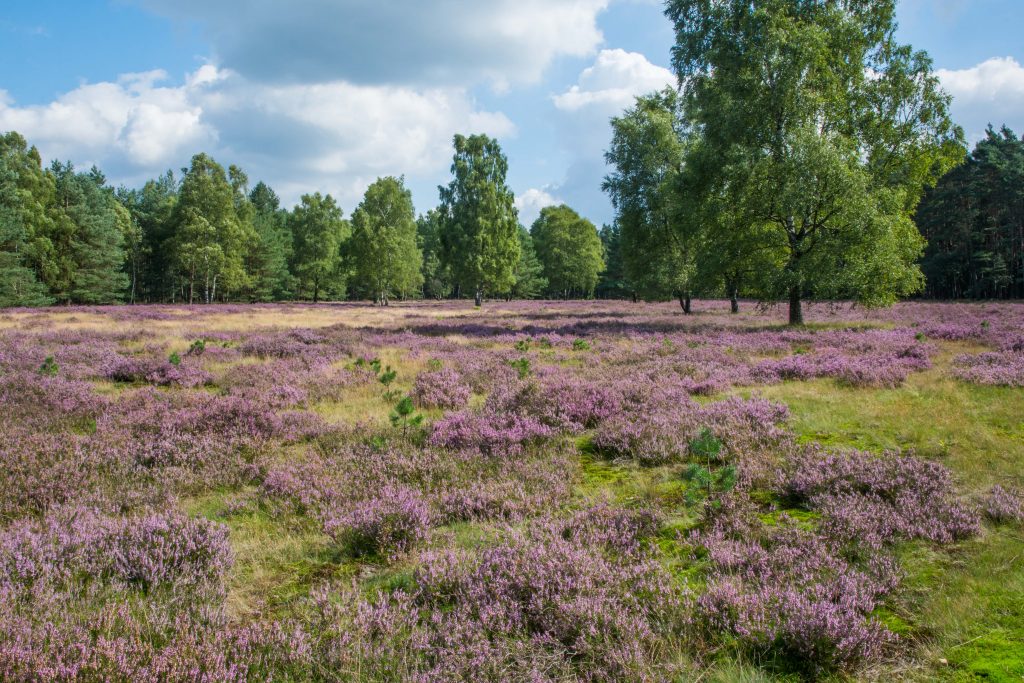
No heather without sheep
At the time of the heathland farming economy, it was extremely important because sheep were the only grazing animals that could cope with the poor growth on the heathlands. Overall, sheep are frugal and sturdy animals that provide milk, wool and meat. The economic importance of sheep farming in the Senne is low today, but its role in the maintenance of the landscape is very important. Heathland sheep (more precisely: grey horned heathland sheep), an old domestic animal breed that is now endangered, are particularly frugal and therefore particularly well adapted to the heather as a forage plant. They can feed themselves all year round (also in winter) from the raw fibre-rich growth of the heathland. Due to their regular grazing, the heather continuously rejuvenates itself by constantly sprouting fresh. The plants remain vigorous and can get very old. Heathlands grazed by sheep are much more structured than heathlands that are mowed. Therefore, they offer many plants and animals a special habitat. Since heathland sheep also eat the fresh shoots of woody plants (birch, pine, bird cherry and blackberry), these do not grow so much and the heathlands remain free of wood for a long time. If too many trees grow up and nothing is done about it, forest gradually emerges. The many plant and animal species on the heathlands would then no longer have a habitat.
Here you will find further information on plants and animals that are in the Senne heathland and on nature reserves in which you can hike through this special habitat.


